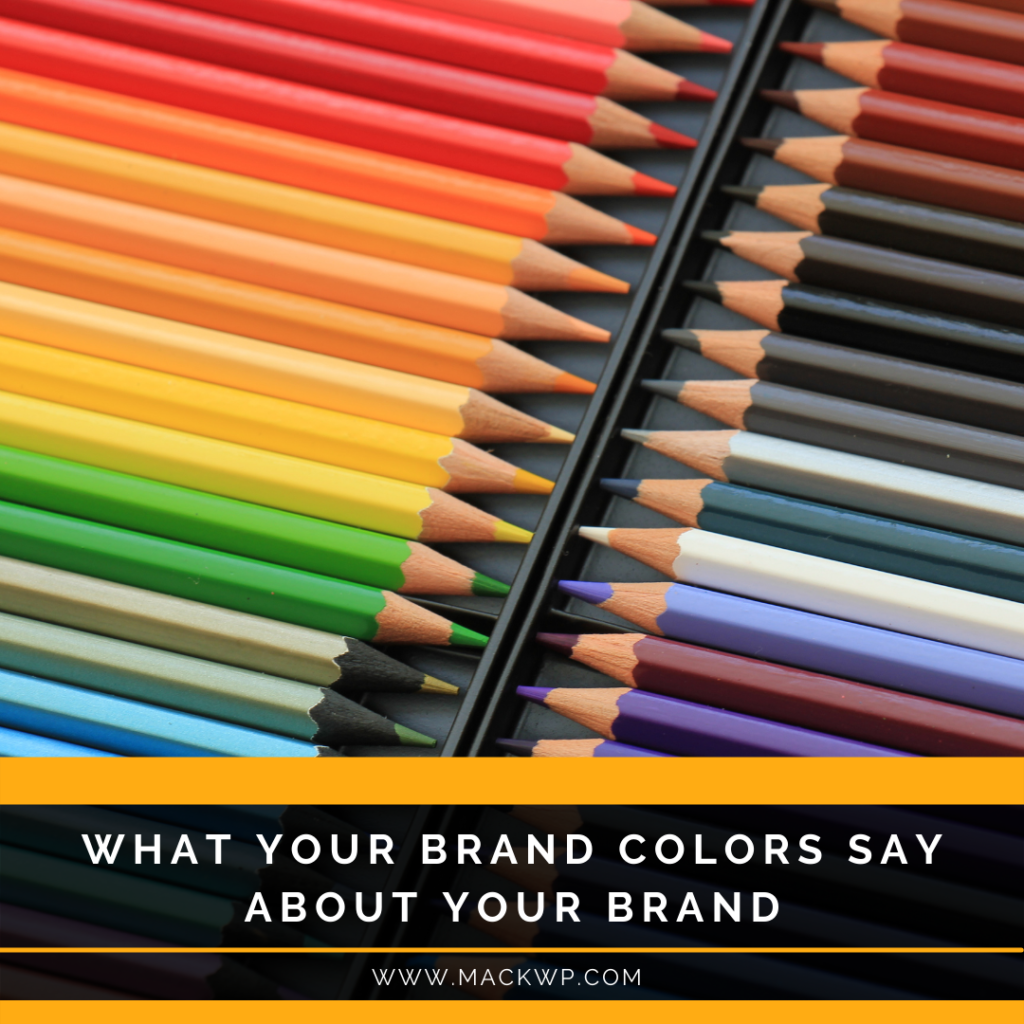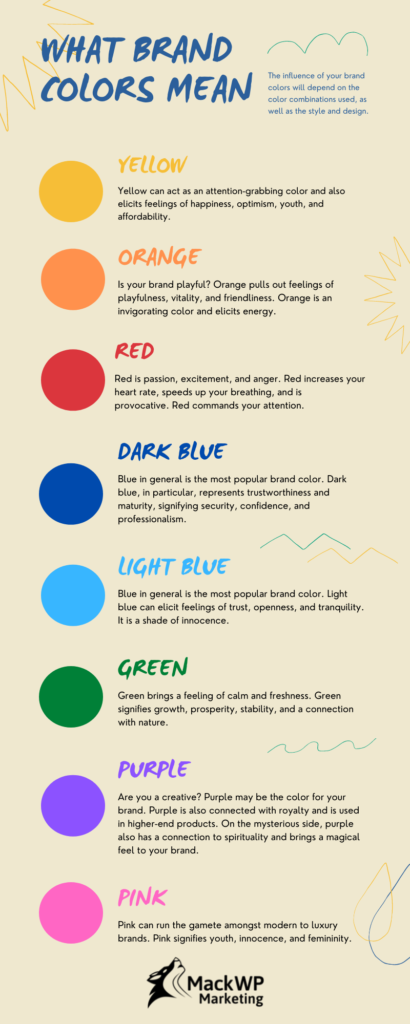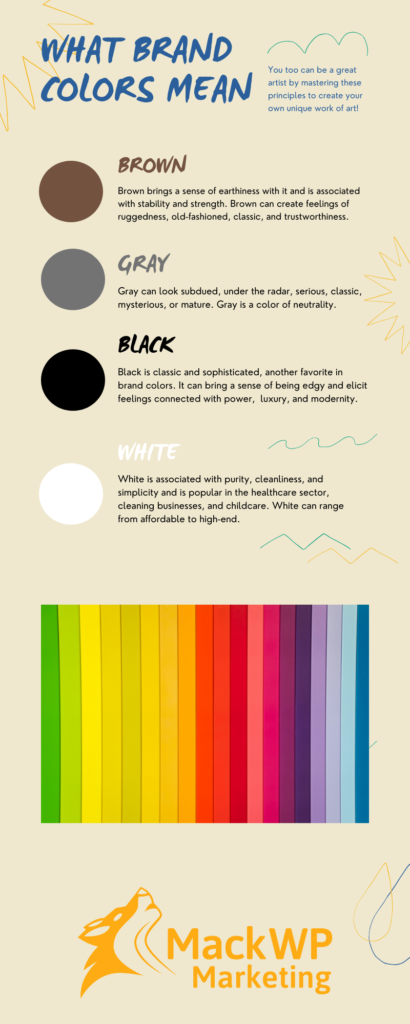
Are you in the creative process where you are designing a brand? Designing the logo, setting up a font, and picking your brand colors? Maybe you are contemplating or are going through a rebranding. Or perhaps you have an established brand and want to know more about it.
Whatever reason you may have for learning about branding, we’re going to look at your brand colors today. We will review color theory and what colors say about your brand.
Why?
You may have just gone with a color you thought looked good, or your favorite color. Perhaps you think your brand colors do not matter, it’s just a color. We’re going to open your eyes today.
Emotions. Our emotions are powerful. Some of us have control of our emotions while others let their emotions control them. That’s neither here nor there, we’re just painting the picture that emotions are powerful.
As a brand, you want to connect with your audience and customers on an emotional level. How do you do that at a first glance? When a customer just sees your logo, takes a glance at your website, or checks how many likes you have on social?
Here is where color theory comes into play. Different words, smells, and sights bring up different emotions within us. According to color theory, color has a strong connection to our emotions as well. One-color theories, in particular, has extensively written on the subject, Faber Birren in his book “Color Psychology and Color Theory.” Importantly is that overall, the same colors elicit similar emotions in different people. Meaning that black may elicit a modern and luxurious feeling in people from California to China.
There is a lot that goes into color theory and our association with colors. Let’s take evolution for example; a blood-red may put us on alert, thinking that danger is nearby. Deep browns may cause us to think of rotten fruit or food. From an evolutionary standpoint, this is important. We use colors to help keep us safe. Then we have the cultural perspective as well, referring to how different cultures may associate colors differently. For example, Americans often connect green with money; after all, the currency is green and people often say things like “making that green” or “spending greens.” Individuals from other cultures may not associate green with money.
What does each of the colors mean?
Here we are going to go into basic meanings of each brand color.
The influence that color has on our emotions differs between people based on things like gender, culture, and personal experience, there are basic guidelines to follow for the color of your brand and what it means.


In our next article, we will break down how to decide what color, or colors, are best for your brand.
Until next time, keep smiling.

Recent Comments